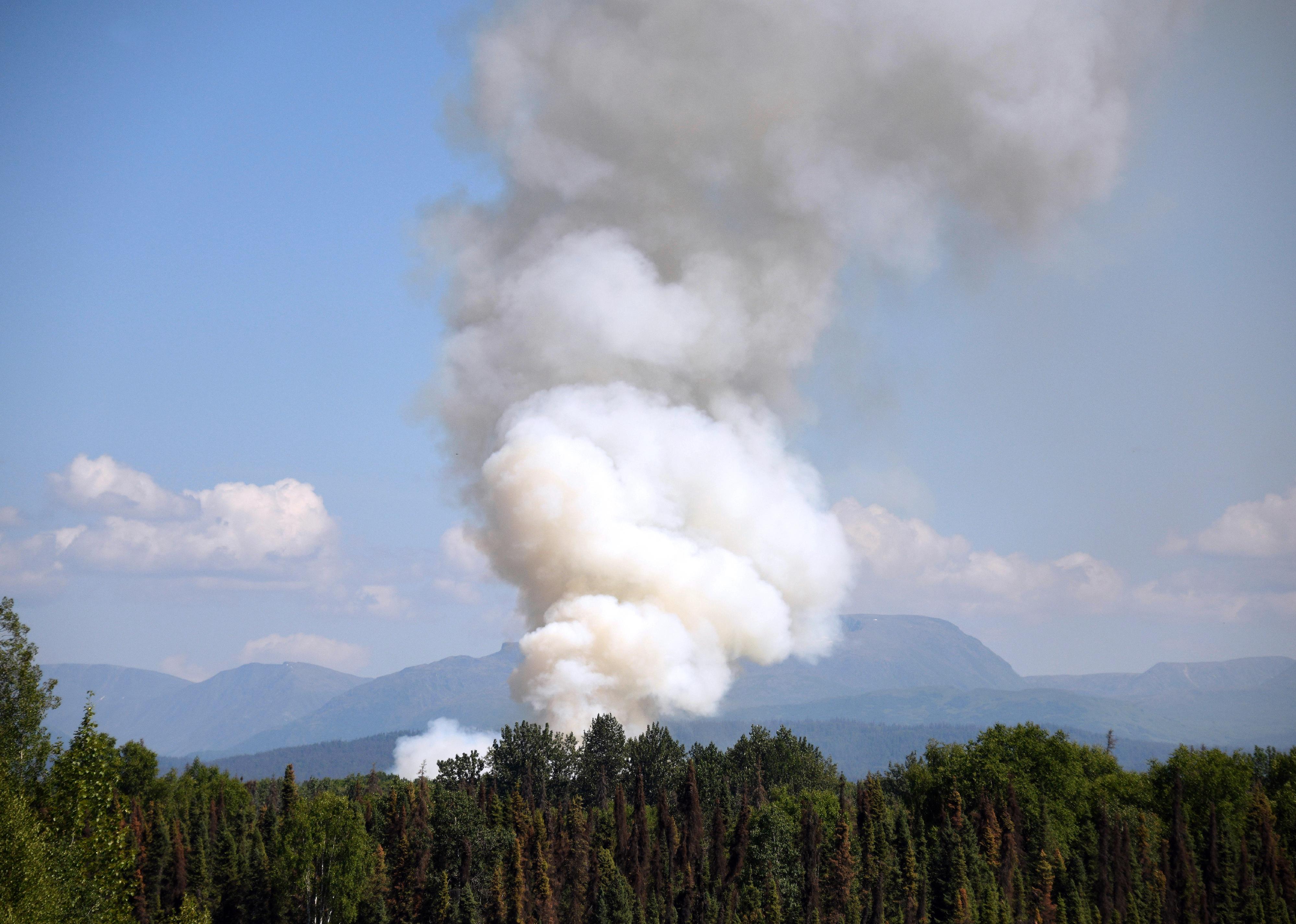
Worse and more frequent wildfires: How climate change has affected Alaska
Worse and more frequent wildfires: How climate change has affected Alaska
The latest United Nations Intergovernmental Panel on Climate Change (IPCC) report is yet another reminder of the dire effects of climate change. While climate projections often look to the future when discussing the worst impacts of climate change, we are in fact already experiencing its effects across the United States. To better understand how climate change is impacting the country, Stacker compiled a list of the impacts of climate change in every state, using local and national news stories, government reports, and scientific journal articles.
While these impacts are weather-related—for example, heat waves, droughts, or storms—individual weather events cannot be attributed to climate change on their own. Rather, it is when these events are seen within larger trends that they can be understood as part of a pattern that has come out of the changing climate.
Keep reading to learn about how your state has been impacted by climate change, or read the national story here.
Alaska: Worse and more frequent wildfires
As America's northernmost state, wildfires might not be the first thing that comes to mind when people think of Alaska. This state has warmed more than twice as fast as the rest of the country in the past 60 years, and by 2050, temperatures are expected to go up another 2–4 F. Due to these rising temperatures, there were twice the number of wildfires larger than 1,000 acres in the 2000s than in the 1950s and 1960s. In addition, the number of acres burned is increasing as is the length of Alaska's fire season.
Across the country, there are trends of rising temperatures, storms of increasing frequency and severity, and more erratic precipitation patterns, causing disruptions to the food systems and sometimes even resulting in death. While the U.S. government has set a target to reduce greenhouse gas emissions by at least 50% by 2030, it is clear that the climate emergency is already taking place, and along with emissions reductions, mitigation of the impacts of climate change must be prioritized as well.
Read below to see how other states in your region have been affected by climate change.
Washington: Extreme heat
Washington state made headlines in June 2021 when it was hit by an extreme heat wave that saw temperatures well over 100 F and saw Seattle's hottest day ever on June 28 when temperatures hit 108 F. The state saw another heat wave in July 2021 and while temperatures weren't as high, droughts meant that wildfires broke out across Washington and neighboring Oregon and Idaho. According to scientists, these heat waves were made 150 times more likely by climate change.
Idaho: Fewer crops—like onions
One way the state of Idaho is experiencing climate change is increased drought. It is estimated that, by 2050, Idaho will see a 110% increase in drought. However, the impacts are already being felt today. This past summer, farmers in western Idaho faced lower production due to a lack of melting snow, spring rain, and hotter-than-average temperatures. This dry spring led to a 15% to 20% loss in onion production, and also has been a threat to wildlife.



